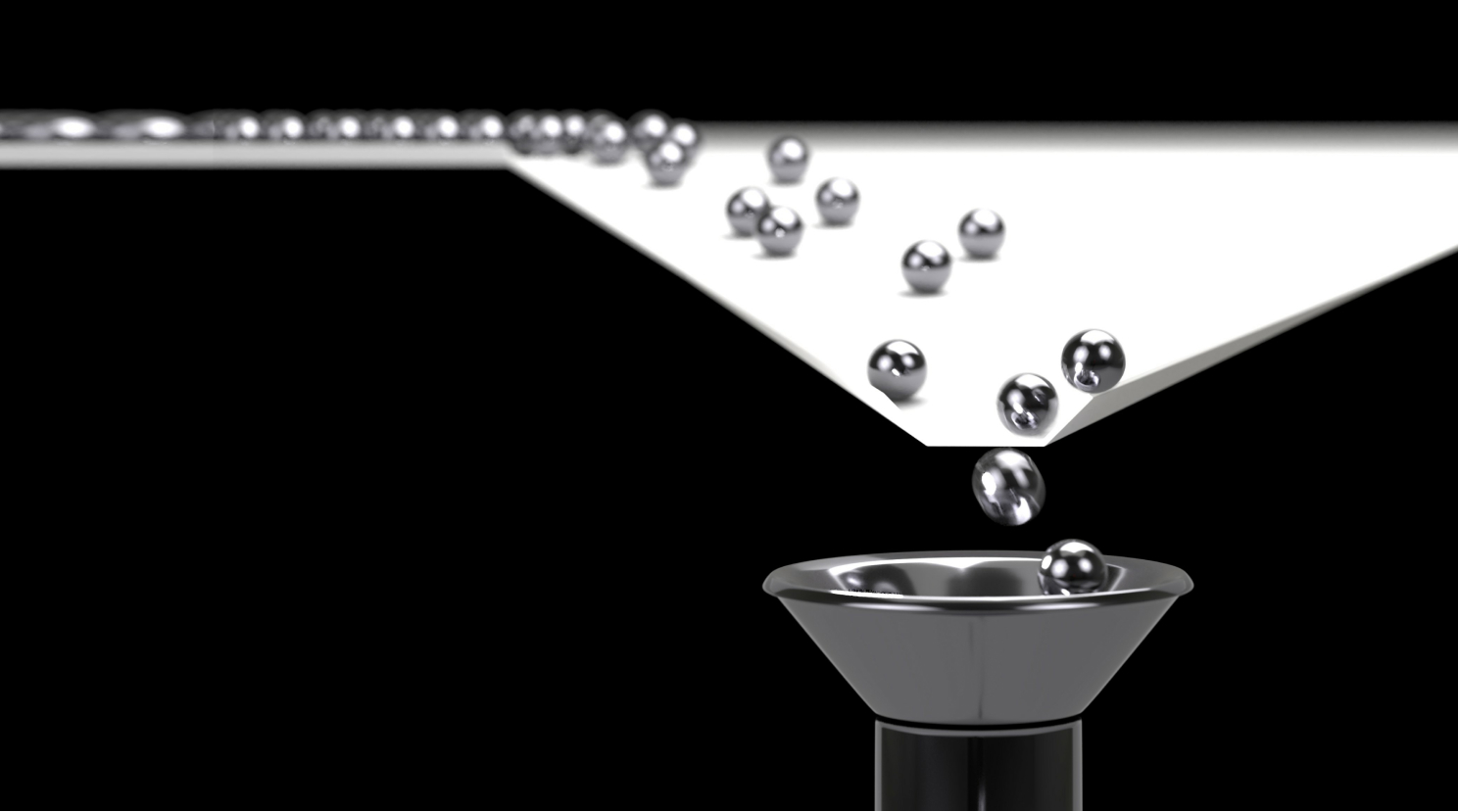What is Conversion Rate Optimisation?
Conversion Rate Optimisation (CRO) uses data from website analytics, automated, a/b, and user experience testing to improve your website (or mobile app) conversion funnels and increase conversion rates.
While improving website conversion funnels is not new, the technologies and methods for utilising data to do so have advanced in recent years, and will continue to evolve in years to come. This improvement is why CRO has become a buzzword in the digital marketing space.
Let’s look at why CRO is so important and some practical steps you can take to improve your website conversion rate.
Why focus on CRO?
Previously, I have discussed the importance of holistic digital marketing strategies. A comprehensive, holistic approach to your marketing strategy extends past your marketing channels and advertisements, through to your website’s landing pages, conversion funnels (customer journey) and beyond.
From a holistic perspective, your marketing campaigns and website provide two very distinct functions. Your campaigns are designed to target and attract the right people to your company, while your site is supposed to guide visitors through the conversion funnels and convert them into customers.
Implemented well, CRO can help make your site more efficient and lead to a smoother transition for your clients. Proper implementation can result in lower bounce rates or less shopping cart abandonment (if you’re running an e-commerce site). There is also less effort required to encourage your returning visitors to progress in their journey. These benefits will filter back to your marketing campaigns, improving their performance and return on investment.
When you think about CRO in these terms, it is clearly one of the most cost-effective ways to increase marketing performance and return on investment.
Focusing on CRO is a continuous process since there’s always room to increase your conversions, by constantly improving sites to bring the best experience for users, thus, building a sustainable conversion growth for your business.
So how do you optimise conversion rates? Here are my top suggestions:
Plan your conversion funnels
A conversion is any action on your website that generates value for your business. Examples of conversions include:
- E-commerce transactions.
- Requesting a quote.
- Signing up for a newsletter or event.
- Viewing & sharing promotional material.
Your conversion funnel is the path that your site visitors take to reach and complete those actions.
Well-planned conversion funnels guide visitors through to your conversion points, providing information and direction to give them the confidence that they are making the right decision in choosing your company, product or service.
Unfortunately, many websites are designed without enough consideration for conversion points and funnels. If your organisation’s website doesn’t have a clear, documented plan for your conversion funnels, it is something in which you should invest.
Collect accurate usage data
Conversion rate optimisation is a science, so deciding what works or doesn’t work should always be based on statistical evidence rather than opinion. Here are some data sources to consider when making decisions:
High-level strategy & decisions – UX testing, market testing
Funnel optimisation – Website Analytics
Page content & bounce rate optimisation – A/B & Multivariate testing
Conduct content experiments
Your landing pages and subsequent web pages are full of content, and that content is the primary factor that determines whether visitors continue to engage and interact or leave and look elsewhere for their needs.
Almost all marketing platforms and website analytics tools provide the function for you to conduct content and ad experiments to see what does and doesn’t work for your brand. These exercises give you insight into what your audience responds well to and what they don’t.
While individual changes in your content may only improve bounce rates by small amounts, the effect amplifies across the conversion funnel resulting in significant increases in conversion rates and return on investment for your marketing campaigns.
Focus on Personalisation
Users nowadays are more & more demanding of personalised website experiences, which plays a vital role in the increment of conversions. The term “personalisation” has been a growing trend in the fast-paced, dynamic digital marketing landscape recently.
More conversions should be generated if your message is more targeted and relevant to the user who lands on the website. To amaze your consumers, you’ll need to deploy a considerably more aggressive tailored experience these days. This will entail tailoring your offers to your users’ individual purchase histories, conversions, and desired pricing/deals. One example of this is the recommendation feature if you own an eCommerce website.
Conversion rate optimisation (CRO) gives your company a competitive advantage against your competitors, reduces marketing cost per acquisition, and increases customer satisfaction.

 Previous
Previous Next
Next








